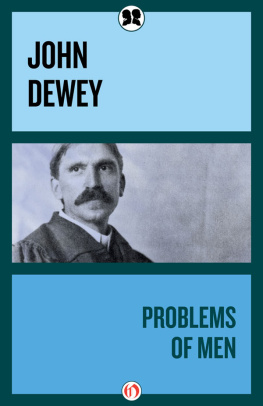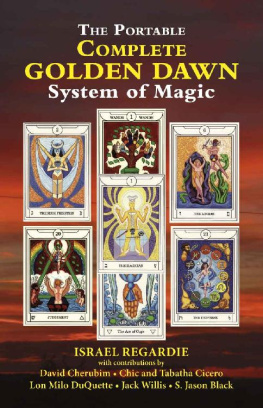Dewey - A Classification and Subject Index for Cataloguing and Arranging the Books and Pamphlets of a Library - the Original Classic Edition
Here you can read online Dewey - A Classification and Subject Index for Cataloguing and Arranging the Books and Pamphlets of a Library - the Original Classic Edition full text of the book (entire story) in english for free. Download pdf and epub, get meaning, cover and reviews about this ebook. year: 2013, publisher: Emereo Publishing, genre: Religion. Description of the work, (preface) as well as reviews are available. Best literature library LitArk.com created for fans of good reading and offers a wide selection of genres:
Romance novel
Science fiction
Adventure
Detective
Science
History
Home and family
Prose
Art
Politics
Computer
Non-fiction
Religion
Business
Children
Humor
Choose a favorite category and find really read worthwhile books. Enjoy immersion in the world of imagination, feel the emotions of the characters or learn something new for yourself, make an fascinating discovery.

A Classification and Subject Index for Cataloguing and Arranging the Books and Pamphlets of a Library - the Original Classic Edition: summary, description and annotation
We offer to read an annotation, description, summary or preface (depends on what the author of the book "A Classification and Subject Index for Cataloguing and Arranging the Books and Pamphlets of a Library - the Original Classic Edition" wrote himself). If you haven't found the necessary information about the book — write in the comments, we will try to find it.
Finally available, a high quality book of the original classic edition of A Classification and Subject Index for Cataloguing and Arranging the Books and Pamphlets of a Library. It was previously published by other bona fide publishers, and is now, after many years, back in print.
This is a new and freshly published edition of this culturally important work by Melvil Dewey, which is now, at last, again available to you.
Get the PDF and EPUB NOW as well. Included in your purchase you have A Classification and Subject Index for Cataloguing and Arranging the Books and Pamphlets of a Library in EPUB AND PDF format to read on any tablet, eReader, desktop, laptop or smartphone simultaneous - Get it NOW.
Enjoy this classic work today. These selected paragraphs distill the contents and give you a quick look inside A Classification and Subject Index for Cataloguing and Arranging the Books and Pamphlets of a Library:
Look inside the book:
The predominant tendency or obvious purpose of the book, usually decides its class number at once; still many books treat of two or more different subjects, and in such cases it is assigned to the place where it will be most useful, and underneath the class number are written the numbers of any other subjects on which it also treats. ...By the use of size numbers the greatest possible economy of space may be secured, for the size distinction may be made for every inch or even less if desired, and this without additional labor, as it will be seen that the size figure, when introduced, requires one less figure in the book number, and so does not increase the number of digits as would at first appear.
About Melvil Dewey, the Author:
Melville Louis Kossuth (Melvil) Dewey (December 10, 1851 - December 26, 1931) was an American librarian and educator, inventor of the Dewey Decimal system of library classification, and a founder of the Lake Placid Club. ...His theories of spelling reform (to which end he founded the Spelling Reform Association in 1886) found some local success at Lake Placid: there is an Adirondac Loj in the area, and dinner menus of the club featured his spelling reform.
**
Dewey: author's other books
Who wrote A Classification and Subject Index for Cataloguing and Arranging the Books and Pamphlets of a Library - the Original Classic Edition? Find out the surname, the name of the author of the book and a list of all author's works by series.












